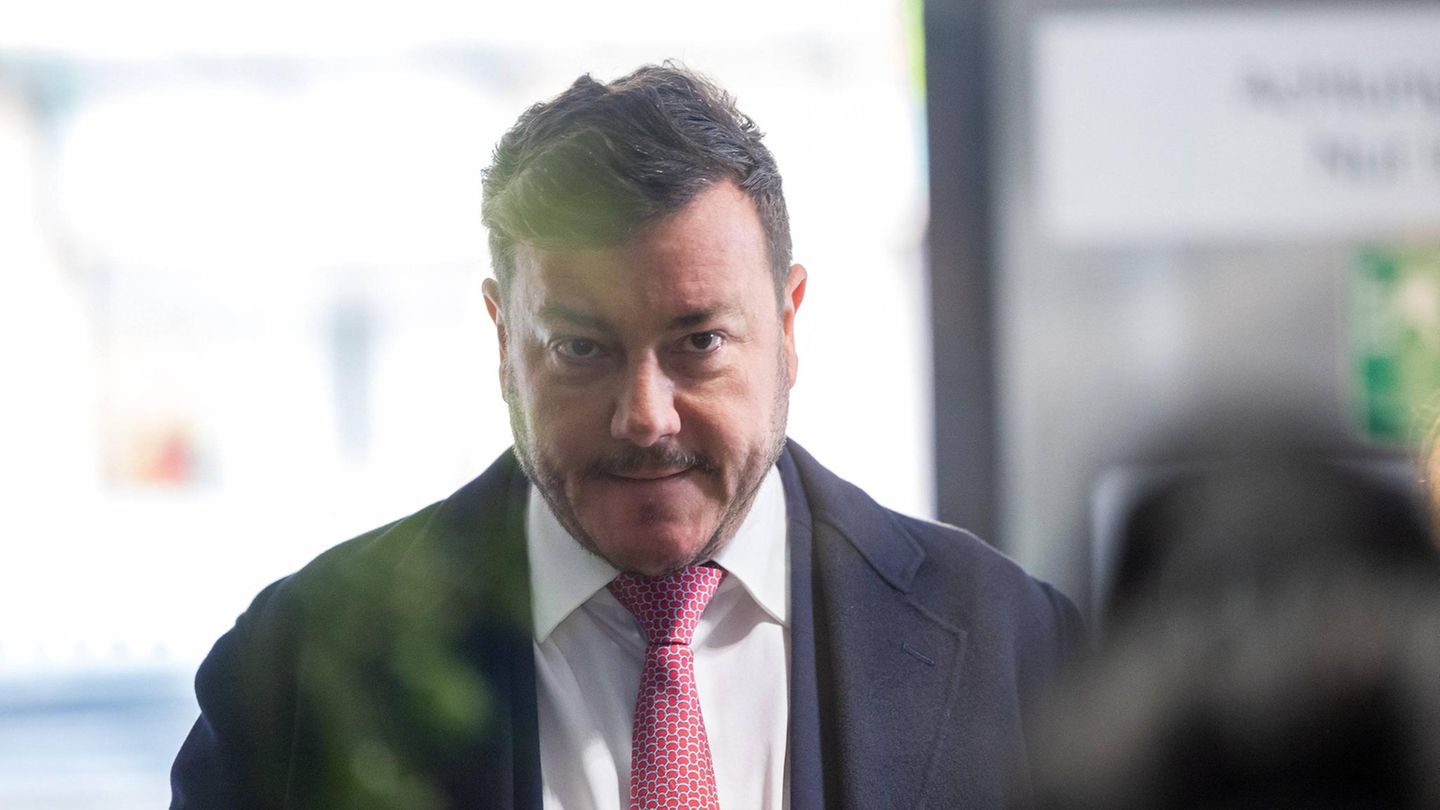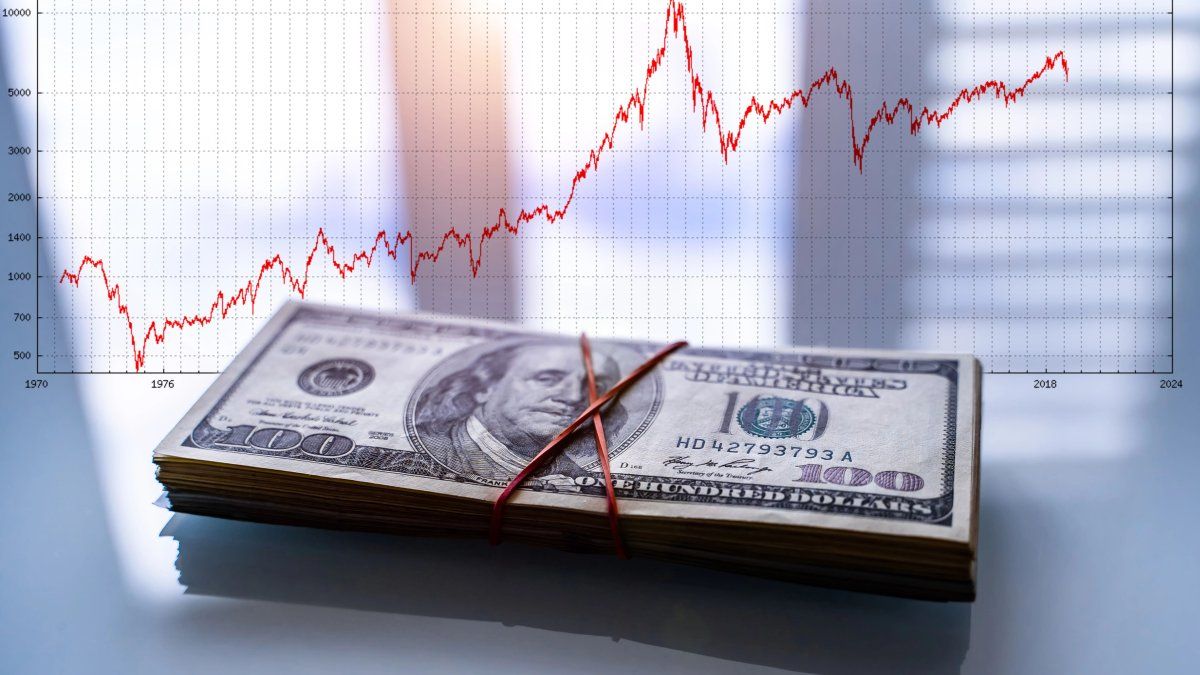Uncertainty about the direction of the Argentine economy will begin to clear up. Analysts mark the central points to get the macro on track: dollar, fiscal plan, inflation and collection in the face of poverty levels.
The ticking of the clock brings the end of the wait closer: this Sunday the extensive electoral stage will culminate with the definition of the next president. At the same time, in a country with 40% of Argentines plunged into poverty, with 142.7% year-on-year inflation and few dollars in the Central Bank, the question is where and when to start. The need for a stabilization plan It is supported by all the economists consulted in this note, although its characteristics will depend substantially on which president carries it out. The correction of official dollar and a plan fiscal adjustment They appear as key signs, although the poorest sector, which could reach 45% of the population, will have to be surgically cared for.
The content you want to access is exclusive to subscribers.
For a start, The macroeconomic scenario is already very complicated.. Martín Polo, chief strategist at Cohen, describes it this way: “The market and the population are increasingly concerned about the lack of growth, very high inflation, imbalance in the exchange market and lack of international reserves.” According to the specialist, they are all consequences of a greater evil: persistent fiscal deficit, aggravated by “record tax pressure” and “lack of voluntary financing, which leads to financing with more emissions.”


In that sense, he warns that the next government will arrive with an inertial primary deficit “around 3% of GDP, which extends to almost 5% if we consider interests” and prices “traveling above 10% monthly”, without considering “many pending relative price adjustments,” such as utility rates. In all this panorama, there is one unavoidable fact for the specialist: the social panorama, with a strong increase in poverty, “which would exceed 45%”, and indigence.
For Gustavo Ber, economist and head of Estudio Ber, the basic economic panorama is also “complex and delicate,” which is why a stabilizing plan “is urgent”in view of the serious accumulated challenges.
In this sense, a sensitive variable appears, which runs through any economic program: the official exchange rate. For Ber, who maintains that the dollar at $353 maintains an accumulated delay, “a realignment is expected so as not to deteriorate competitiveness”, although “without a plan or confidence, it will quickly lead to inflation”.
As a market analyst, Polo estimates how much this correction should extend to: “Even with all the measures that the current government has made in recent months, the economy is operating at an exchange rate closer to $500.” To measure the aforementioned delay, he highlights that the real exchange rate, measured with the official exchange rate – if there is no devaluation jump until December 10 – “will be between 20% and 30% lower than its historical average.”
Considering that two substantially different models of government are being played on the electoral board, the need for trust, that abstract feeling of a firm bet on something, will be reaffirmed starting Monday. Although it has been deteriorating due to political actions, changes in plans and bad strategies, it is a crucial factor in recovering the economy, along with the capacity for agreement that the future President achieves. This is also understood by Paula Gándara, Investment Director of Adcap Asset Management: “EThe market will evaluate the governability of the new government, since it will face the need to propose a stabilization plan and structural reforms with a high level of governance so that the market thinks that the program is reliable,” he assures in dialogue with Ámbito.
For the finance specialist, the critical level of BCRA reserves (gross that does not exceed US$23,000 million and negative net reserves of US$10,000 million), plus the lack of access to financing “fuels expectations of devaluation.” . However, such a correction should be complemented by a tax plan to avoid transfer to prices. “In the last post-STEP devaluation, an 18% increase in the exchange rate was quickly transferred to prices, with a CPI that jumped from 6% to 12%,” warns Gándara.
“What investors are looking for is certainty and reducing uncertainty”says Cohen’s chief strategist. To achieve this, although exposure to exogenous factors such as climate and/or geopolitical risks exceed economic policy, the key “will be a fiscal plan that aims to reduce the deficit without increasing the tax burden” and at the monetary level ““a new exchange policy that reduces exchange control”. With these measures, Argentina “has a good history to show and will be able to tempt investors to take advantage of the very low valuations of local bonds and stocks,” concludes the analyst. In any case, it is likely that on Monday (or Tuesday after the holiday) the economy will already be affected by Sunday’s election. It’s just a matter of one day.
Source: Ambito




